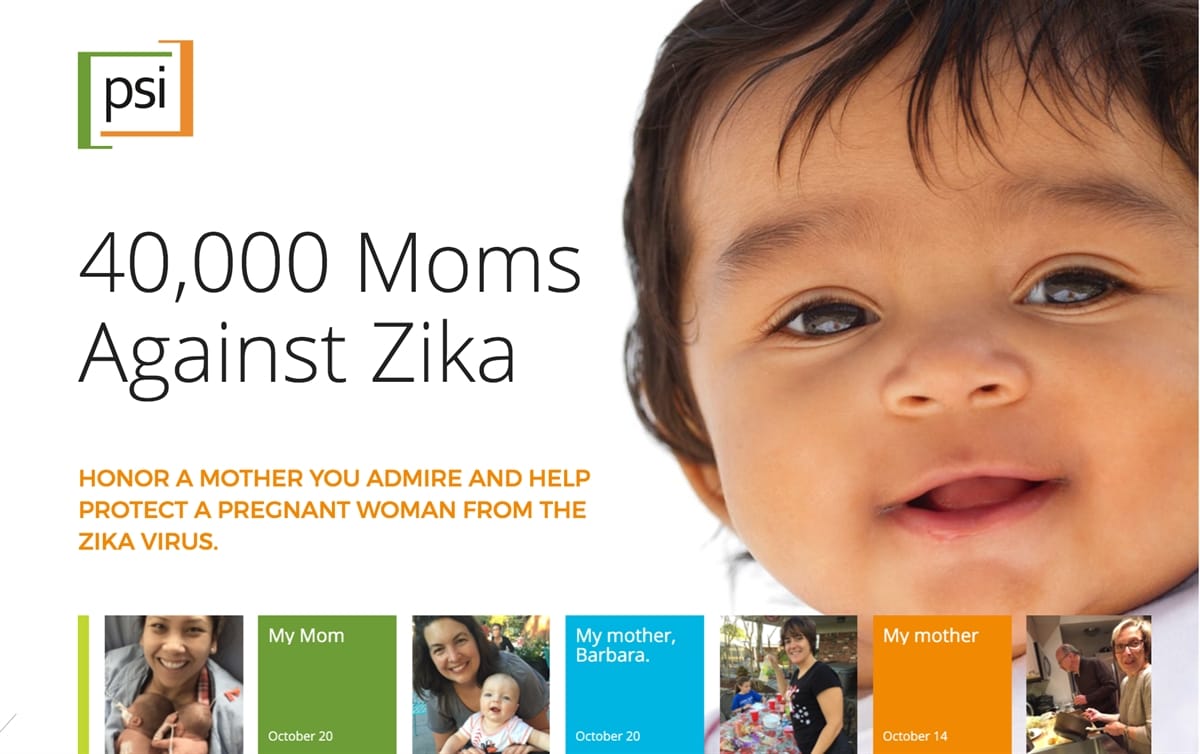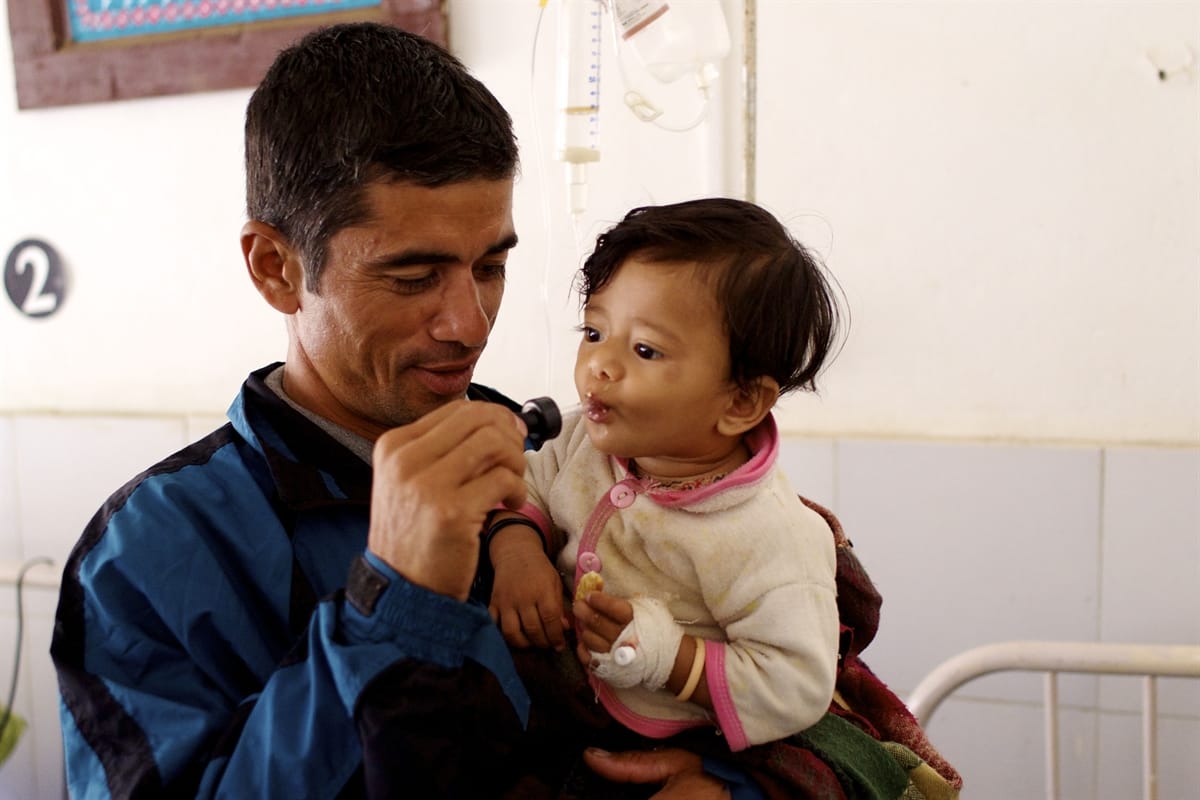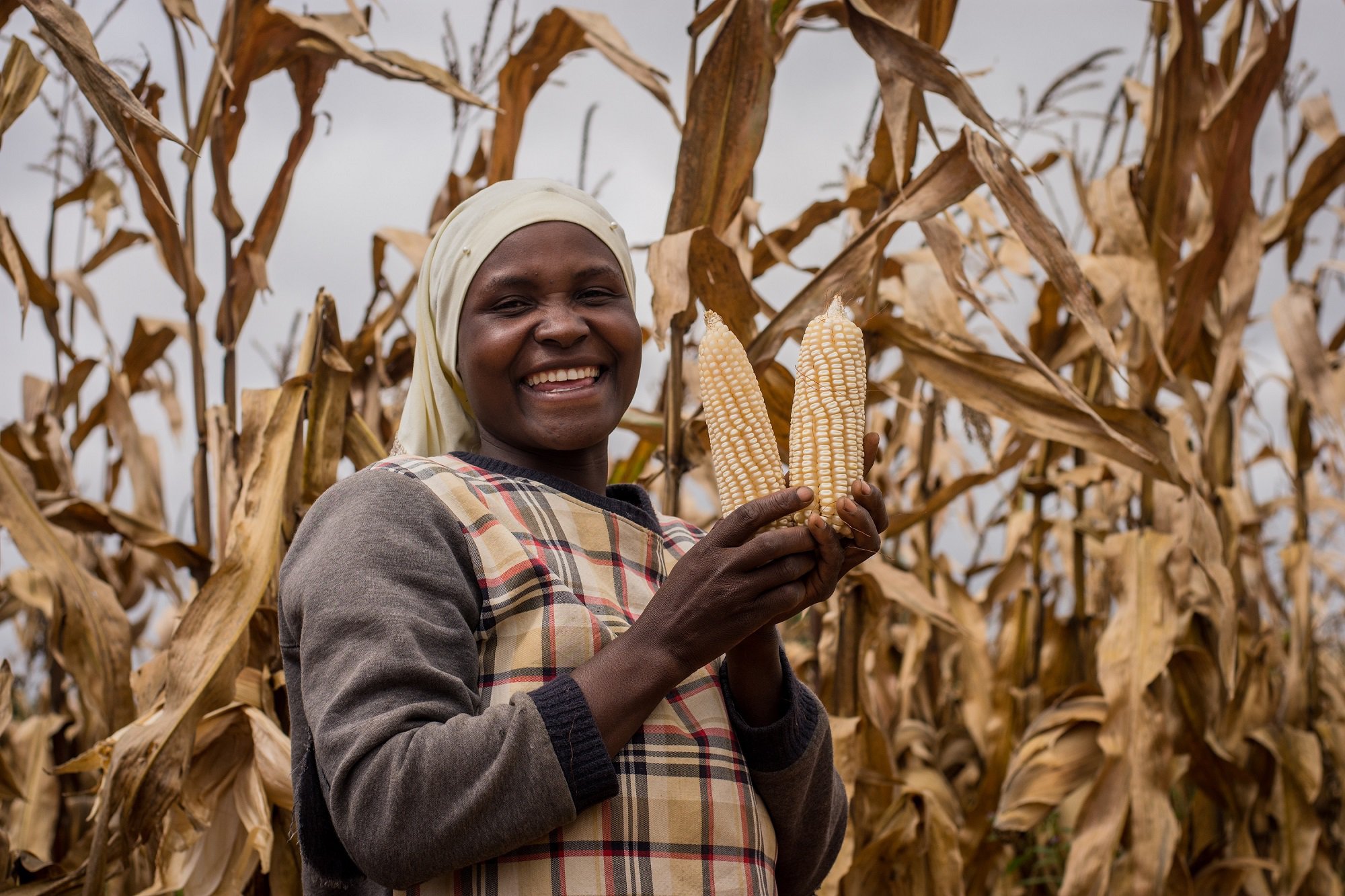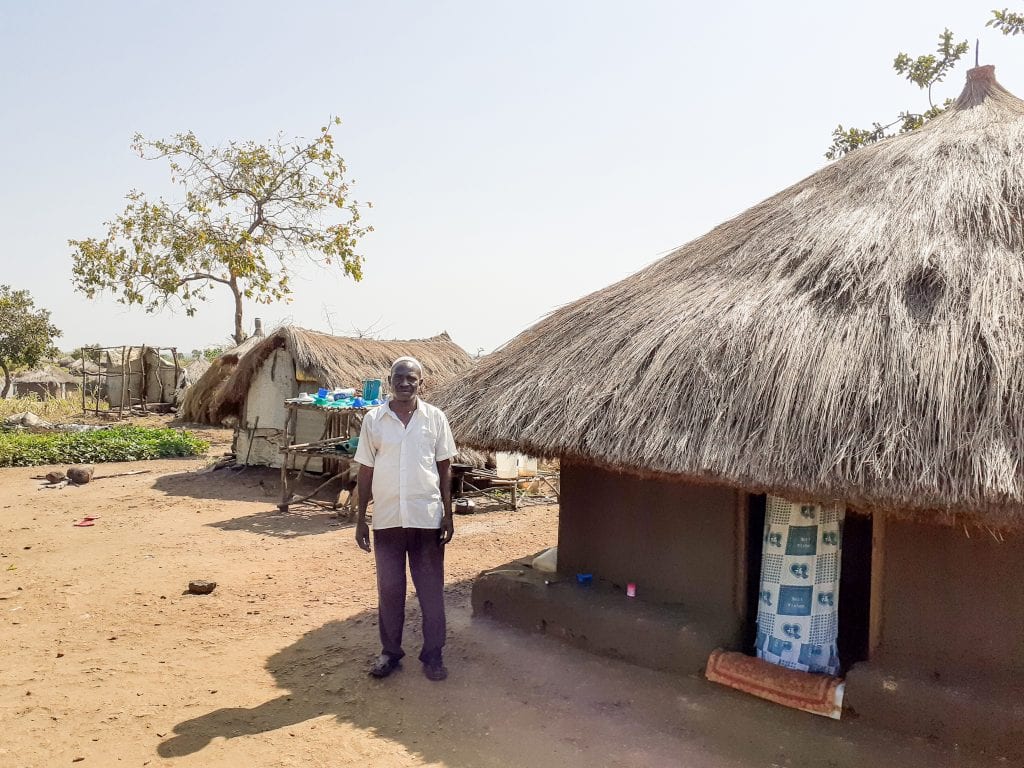This blog was written by David Hong, One Acre Fund’s global senior policy analyst, and Homi Kharas, senior fellow and deputy director for global economics and development at the Brookings Institution. The article was originally published by The Hill.
The U.S. will soon go to the polls to elect our new president, who will walk into the Oval Office with a laundry list of global challenges. Not all of those issues grab daily headlines. However, it’s important to remember that 800 million people still don’t have enough food to eat, and the situation may become even more serious in the future. By 2050, we’ll have 2 billion more mouths to feed.
The next president of the United States will play a critical role in how these problems are addressed, because the U.S. is the world’s single-biggest donor to food security programs — spending about $2 billion annually. Nevertheless, we can do more to channel our taxpayer dollars efficiently, and better-target funding toward countries with sound policies and the greatest needs.
There are some important reasons why the new president should pay attention to global hunger. Food insecurity — defined by a lack of reliable access to healthy, affordable food — can contribute to political instability, child malnutrition and the loss of precious natural resources. The geopolitical consequences can be staggering. Food price crises in the past several years have sparked riots around the world, igniting political chaos from Haiti to Egypt and leading the intelligence community to warn of future risks.
Programs like Feed the Future, our government’s official strategy to improve food security, don’t go far enough to address these challenges. Still, there are many solutions about how the U.S. can improve its aid policies, as outlined in our new report, Ending Rural Hunger: The U.S. Response to the Challenge of Global Food and Nutrition Security. Specifically, the next administration should focus on three main points.
First, the U.S. needs to increase support for smallholder farmers.
Farmers cultivating small plots of land account for 75 percent of the world’s poor – and in spite of their work, they face near-constant food insecurity. We need to get better at delivering foreign assistance to this demographic, and we can do so by concentrating our resources on a smaller number of countries. Feed the Future aims to do this by focusing on 19 countries, but our research found that only a third of the $2 billion we spend every year actually ends up there. The majority of funding is spread across nearly 100 other nations, some of which receive money more for geopolitical reasons than need.

Second, funding should be more transparent.
Smallholder farmers need tools and services that enable them to earn higher profits, grow more nutritious food, and improve their soil’s health. Yet there is little transparency about how Feed the Future’s resources are being spent and current reporting is insufficient. Congress, advocates and the public need more information to hold Feed the Future accountable, so that we can ensure funding goes to programs that have the largest impact.
Third, more funding should go toward innovative ideas that stretch donor dollars further and maximize social good.
One example is my organization, One Acre Fund, a nonprofit social enterprise that offers smallholder farmers loans in the form of high-quality seeds and fertilizer. Farmers also receive agricultural training, and they usually see a dramatic increase in crop yields after joining our program. Not only are our clients able to repay their loans in full, they earn an average of 55 percent more income compared with their neighbors who haven’t joined One Acre Fund.
One Acre Fund defines “social good” as scale multiplied by impact. With a client base of over 400,000 smallholder farmers who earn $137 more than their neighbors, this translates into over $40 million of social good. This earned-revenue model enables donors to achieve a higher “return” on their investment – greater incomes mean smallholder farmers and their families are better nourished and their children attend school more often.
There are a lot of practical reasons to double down on our work to improve global food security, but at the end of the day it’s simply the right thing to do. If we, as a country, want to be a “shining city upon a hill,” then we need to ask our leaders to raise the standards and transparency for how we deliver foreign assistance. If the next president fails to act, the challenges of civil unrest, child malnutrition and natural resource degradation will only continue to grow.




